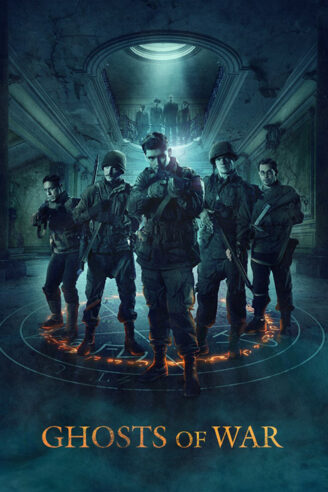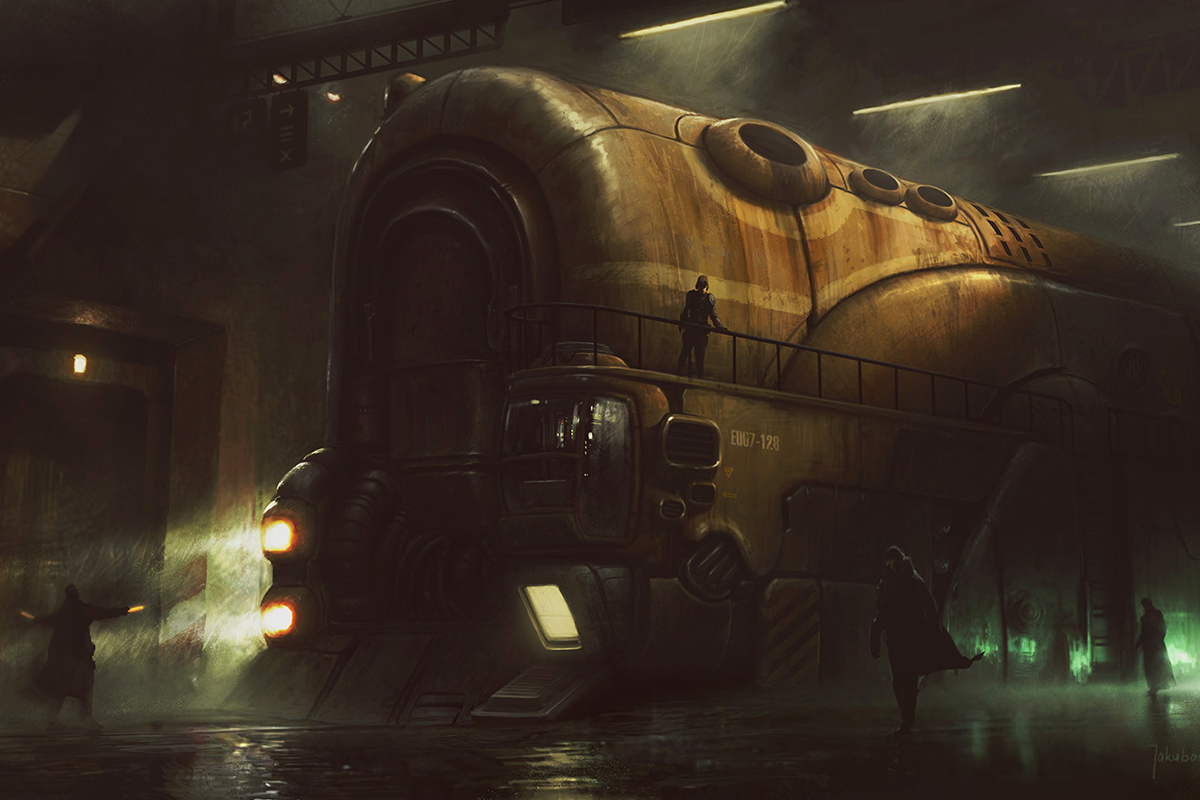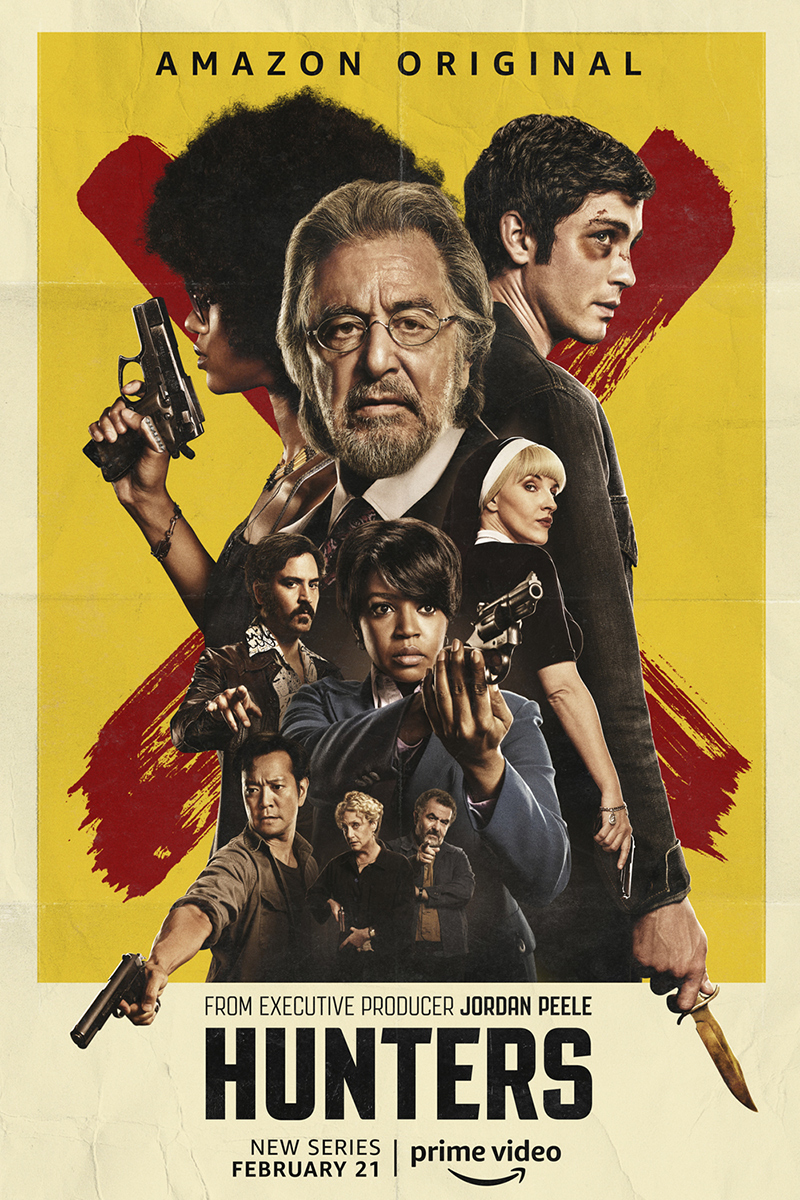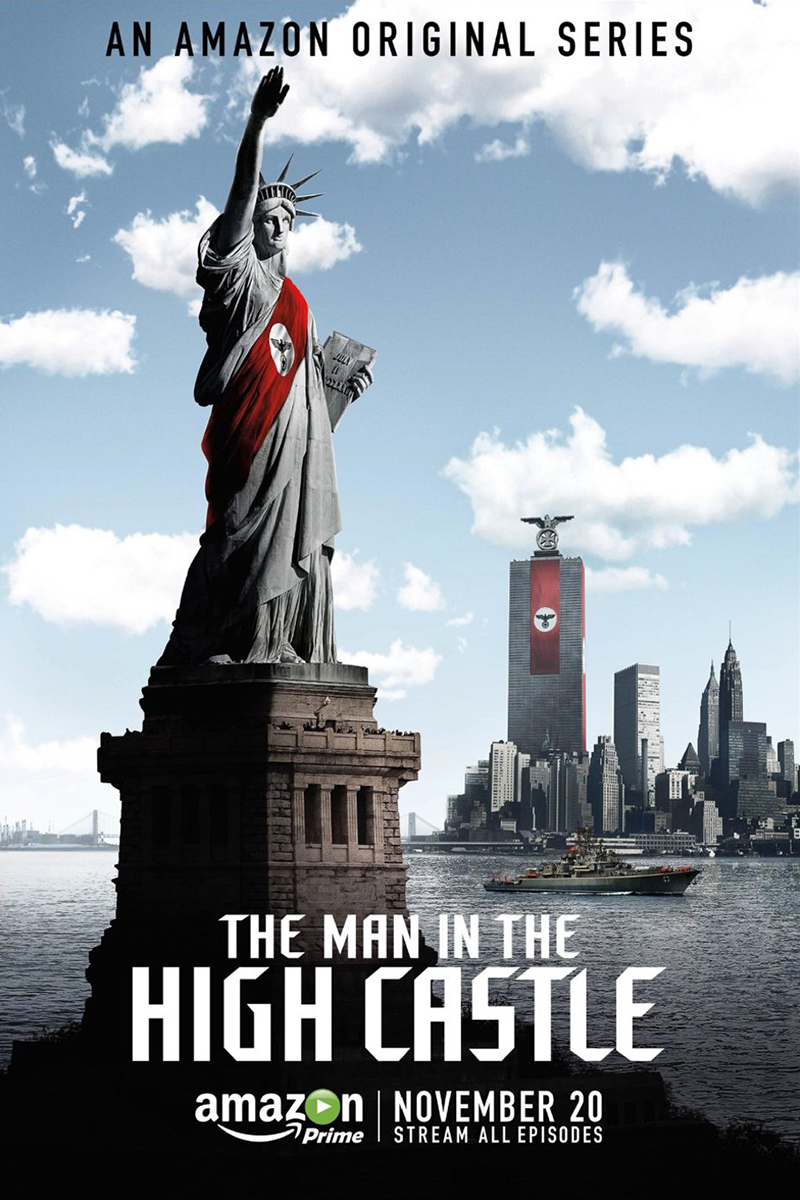I finished my review of Overlord, the fantastic 2018 World War II zombie movie, with a call on Hollywood to be so bold as to green-light more movies like it. I was greatly pleased when I encountered Ghosts of War, a 2020 World War II horror film that seemed to be following in Overlord‘s footsteps. I’m an alternate historian, and so I’m a sucker for anything that mashes up history and the supernatural like this.
The film revolves around five American soldiers after D-Day who are tasked with holding a chateau in the French countryside from the Germans until a relief force comes. It’s a simple plot, at first, and a natural way of combining two wildly different genres.
The vast majority of actors here are people you’ve likely never heard of, with the exception of Theo Rossi, who you may recognize from Luke Cage on Netflix.
The film succeeds in creating an overwhelming sense of anxiety, combining the fear of the supernatural with the fear inherent in being in an active war zone. This is something I have seen other films do, most famously 2011’s Battle: Los Angeles. Putting soldiers against the supernatural leads to different dramatic possibilities. These are people who are used to being pitted against adversity on a regular basis. They are not clueless teenagers; they are people who have been through boot camp and know how to shoot.
The selection of a big chateau as the setting works marvelously. Such a location is not uncommon in World War II fiction. It is a large, dark place with many nooks and crannies; plenty of places for something to sneak up on you. It also isolates our protagonists and gives them ample opportunity to squabble with each other.
All of those are horror movie staples. Ghosts of War becomes brilliant by exploiting its setting: a France that is still contested between the Allied and German armies. There is a truly incredible sequence in this film where the supernatural is at play while the chateau is being besieged by a German force. In those masterful few scenes, you have no idea whether that strange noise or odd movement is a ghost, a Nazi or, God forbid, both. It is one of the tensest scenes in a horror movie I have ever seen, and it’s something you simply can’t do in a contemporary horror movie.
The unease doesn’t stop there. After a certain point, the film becomes surreal in an unnerving way. To go in detail would be to spoil too much, but overall I can say that most of it was very well done. Much of this is accomplished by the mute color palette that makes everything feel dreary and ominous in about equal measure. My only complaint by the end was a certain lack of research involved in one of the plot developments, which is something I knew could have been resolved in minutes had the writers bothered to look it up. It was a jarring disappointment in an otherwise good product.
I disagree with the critics; this is a good genre mashup that I found to be a worthy follow-up to Overlord.





